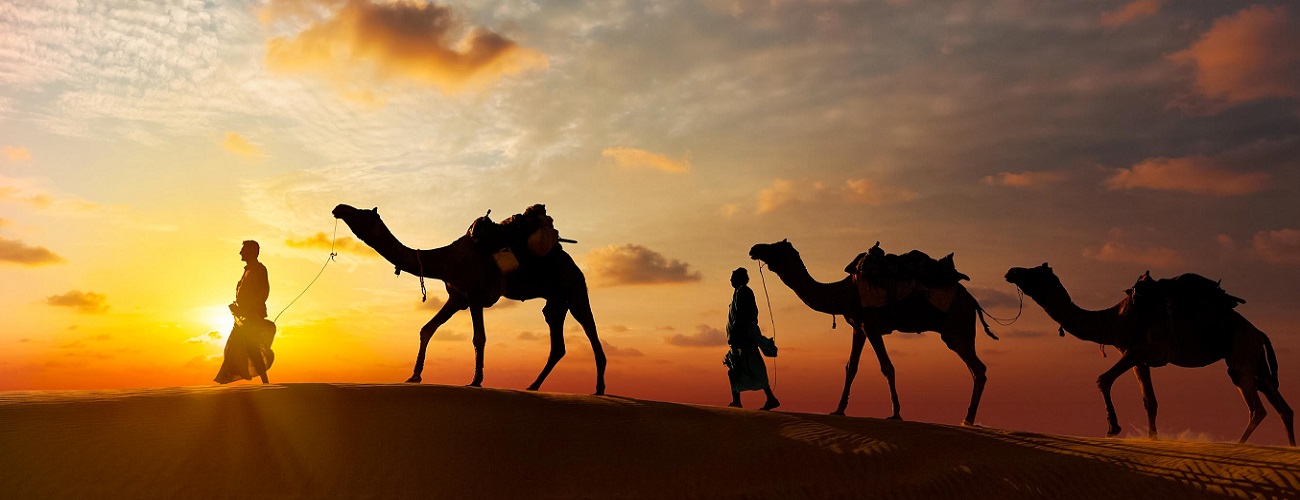Bikaner, the fourth largest city in Rajasthan is a city built out of nothing. It is a city built by the Thakur clan of Rajasthan. Rao BIka, the first son of Maharaja Rao Jodha (founder of Jodhpur), wanted his own kingdom and hence Bikaner was built. The city of Bikaner now stands in the ruins of the barren land of Jangladesh. Amidst the Thar Dessert, Bikaner had an ample amount of spring water. Bika built his fort in 1478, which is now in ruins. Junagarh Fort, built around a hundred years later still stands tall. Built with the revenues collected by the sixth Raja, Rai Singhji, the fort has many beautiful monuments. These kings were now under the suzerainty of the Mughals and were earning good revenues as their army generals. Similarly, Maharaja Karan Singh built Karan Mahal in early 17th century. Later rulers added their flavors to the fort over the next century with continuous renovation programs. General Maharaja Ganga Singh was a favorite among British Viceroys of India. He was sent for the Versailles Peace Conference during First World War as the Indian representative. He extensively renovated the Junagarh Fort during his long reign, which is now a heritage hotel and the royal family lives in a suite in Lalgarh Palace. Bikaner has the famous Indira Gandhi Canal, which is extremely useful for the locals as it is the main source of water in the otherwise arid area of Bikaner.
Bikaner is well connected by roads and railways and is easily accessible from most of the cities in the country. The other famous places in Bikaner are Karni Mata Temple (Rat Temple), Mukam Bishnoi Temple, Bhandasar Jain Temple and the Laxmi Niwas Palace. The food and culture of Bikaner is unique and the snack items like Bhujiya, Samosa and Kachori are famous around the world. Bikaner city has extreme climate with its extremely hot days in summers and freezing nights in winters. Bikaner is a city that offers a lot with its 600 year-old history.


